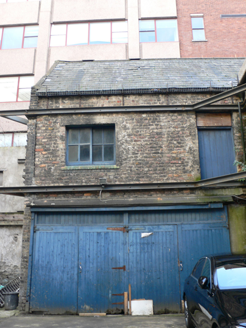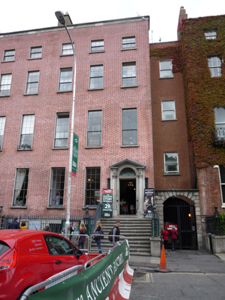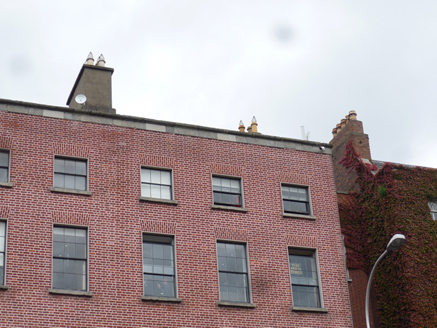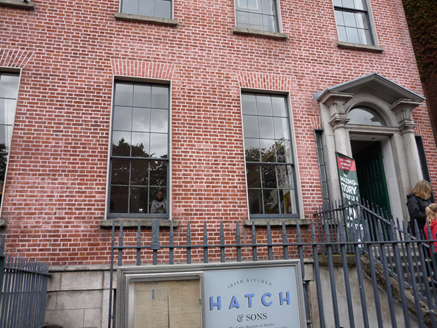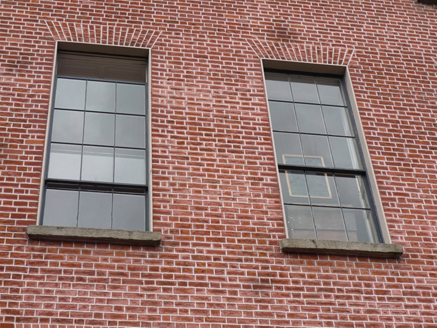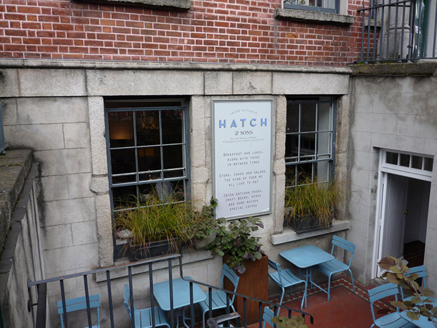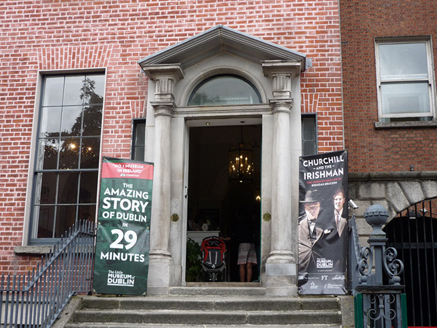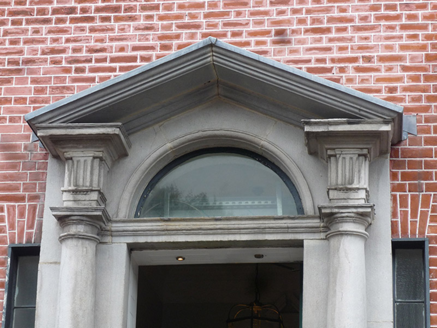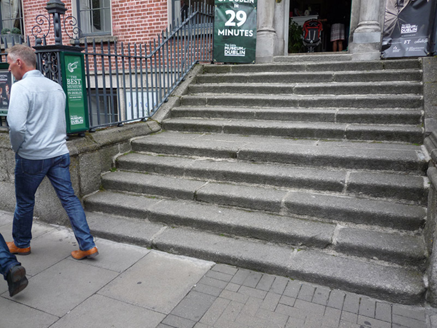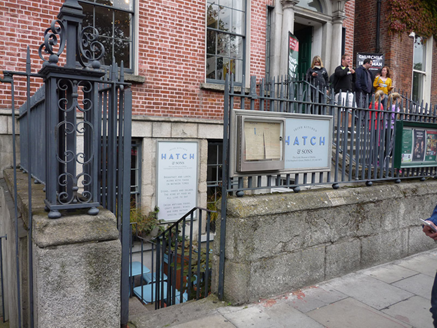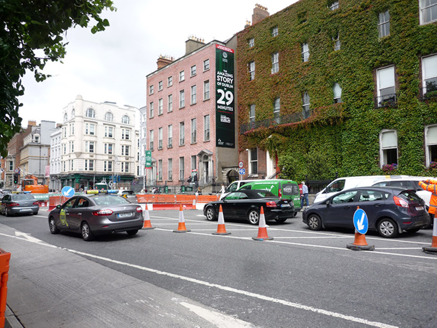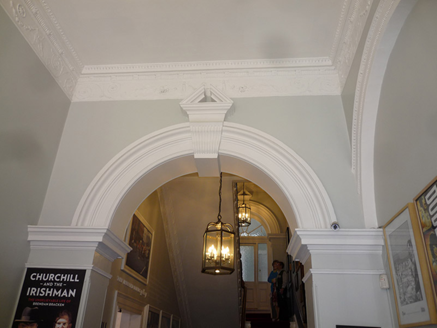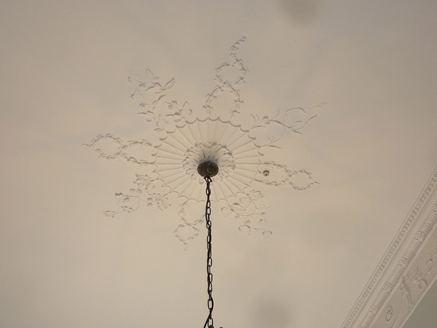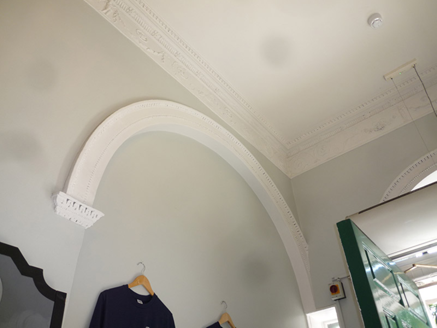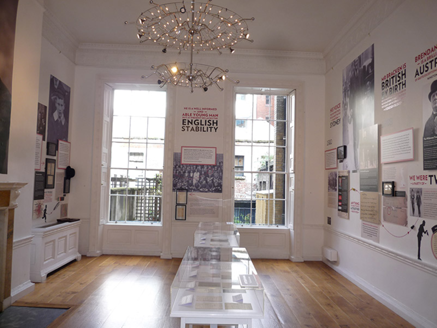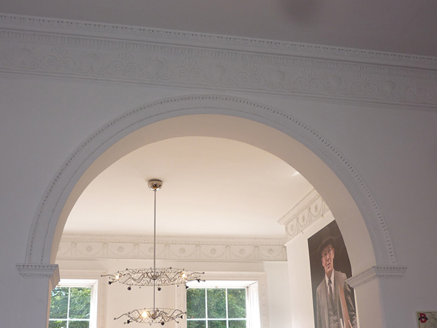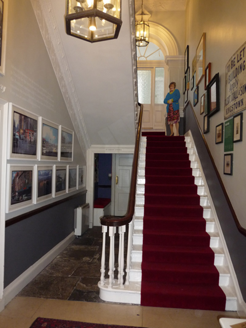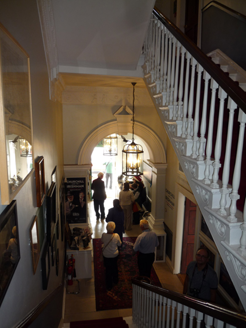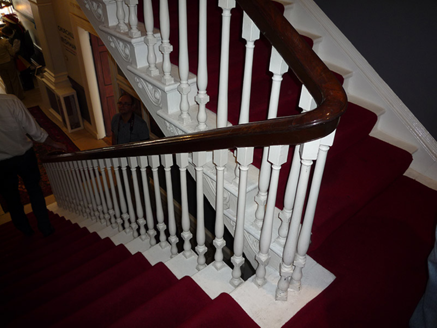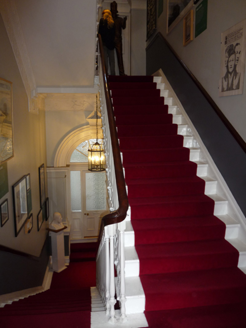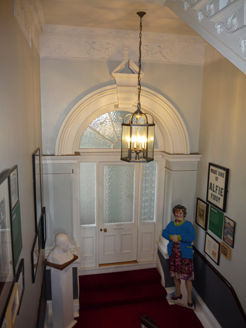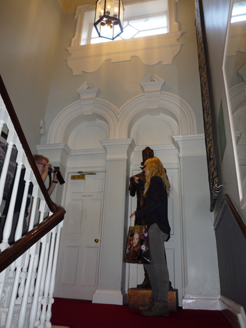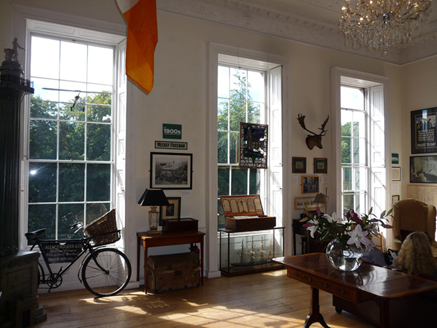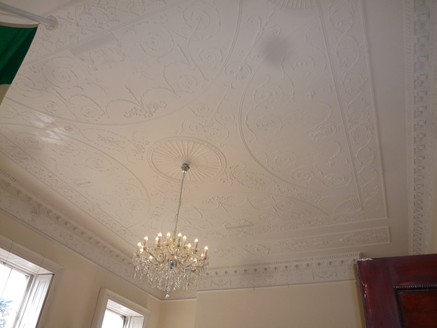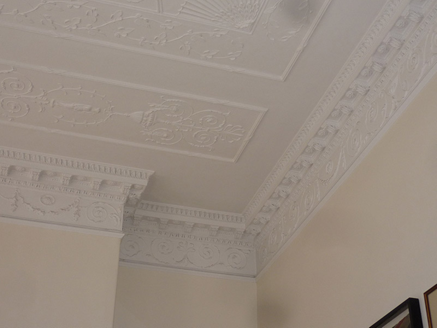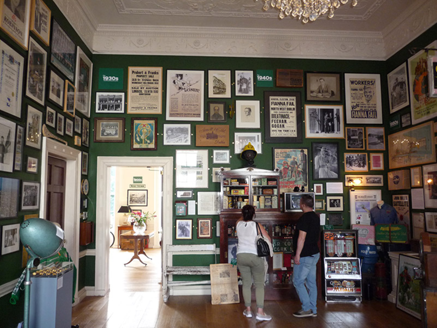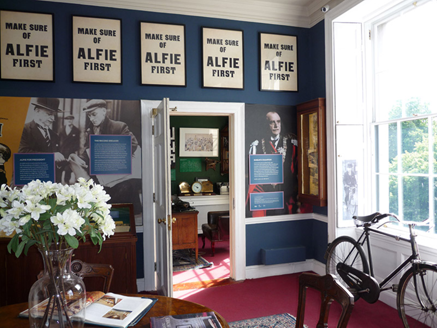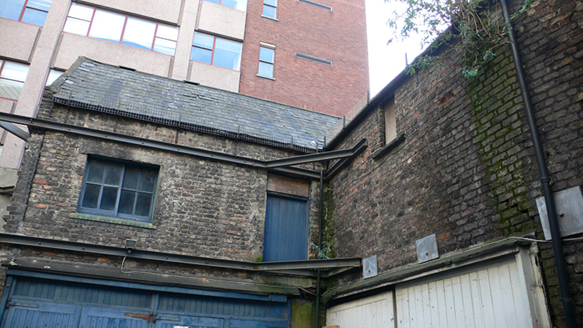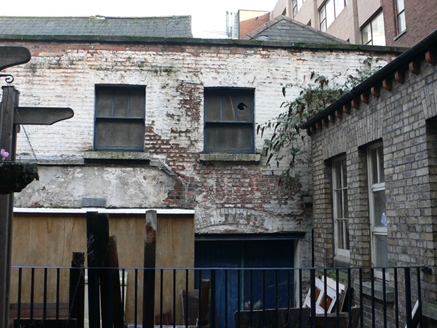Survey Data
Reg No
50100185
Rating
Regional
Categories of Special Interest
Architectural, Artistic
Original Use
House
In Use As
Museum/gallery
Date
1775 - 1780
Coordinates
316059, 233534
Date Recorded
11/07/2016
Date Updated
--/--/--
Description
Attached three-bay four-storey former house over basement, built 1776-9 as one of pair with No. 14, partly rebuilt c. 1983, and having single-bay four-storey return and five-bay two-storey return to east end of rear. Now in use as museum. Two pitched roofs running parallel to front facade, behind Flemish bond machined red brick parapet with ashlar banding and cornice, and having concealed rainwater goods; flat roof with rooflights at centre; shouldered rendered chimneystack with clay pots to west party wall, shouldered red brick chimneystack with clay pots to east gable. Flemish bond red brick walling to ground floor and above; basement walling has ruled-and-lined rendering, ashlar granite banding and ashlar granite architraves to openings; rear is rendered, painted to basement. Square-headed timber sliding sash windows, nine-over-six pane to ground and first floors, six-over-six pane to second floor and three-over-three pane to top floor, with plain rendered reveals and granite sills; timber sash windows to rear. William Pain-style Portland stone Doric doorcase, having partly engaged Doric columns with plinth bases, square fluted capitals supporting open-bed pediment, plain fanlight with ovolo-moulded surround, and painted sixteen-panel raised-and-fielded timber door with brass furniture. Granite platform bridging basement with eleven granite steps to street level. Terracotta tiled floor to basement area and timber-sheeted door with weatherboarding giving access under bridging platform. Basement area enclosed by wrought-iron railings on granite plinth wall with moulded granite coping. Ground and first floors have very fine plaster ceilings, friezes and cornices in style of Michael Stapleton, joinery with reeded or fluted, beaded or gadrooned details to door and window architraves, shirting boards, dado rails and shutter panels; fine mahogany doors with mahogany and brass box locks; some eighteenth-century crown glass survives to windows. Interior of entrance hall has delicate ceiling cornices and rose. Round archway with central pedimented key-block leads to stairs hall, latter having timber dog-leg staircase with fine turned balusters, carved timber tread-ends and timber carved handrail terminating in whorl at extended bottom tread. Paired round-headed timber panelled doors at second floor landing. Plain ceilings and cornices to second floor. Basement accessed from within return, and has stone-flagged floors, barrel-vaulted brick cellars, wine cellar with brick bins, pantry with stone shelves and round-headed windows to allow light between rooms; original doorways and fittings. Two stone and brick-vaulted coal cellars under yard, accessed from within basement. L-plan mews building facing west and north, having slate roofs, pitched except for south end of north-south part which is hipped; exposed red/yellow/brown brick walls braced with steel frame to exterior and with tie-bars to north-facing part; square-headed openings throughout, comprising two windows and pitching door (all boarded up) to first floor of west elevation and south elevation (three-over-one pane timber sliding sash windows); and with double-width vehicular entrances to north and west elevations and having small windows over that to north and to east of that to south; interior modified.
Appraisal
A grand late eighteenth-century house built for Gustavus Hume as a pair with No. 14. The well-balanced façade is distinguished by a Pain-style Doric doorcase reached by an ample flight of granite steps flanked by original basement railings. The top two floors were rebuilt following a fire about 1983. It retains a very substantially intact interior, with good neo-Classical plasterwork, joinery and other details to the ground and first floors. It also has a very intact basement with wine cellar, pantry and other features surviving. The return and mews house at the rear are original and constitute rare and remarkably intact survivals. Saint Stephen's Green developed in a more ad hoc fashion than the mid eighteenth-century squares, which is evident in the range of styles and irregularities in street frontage.
